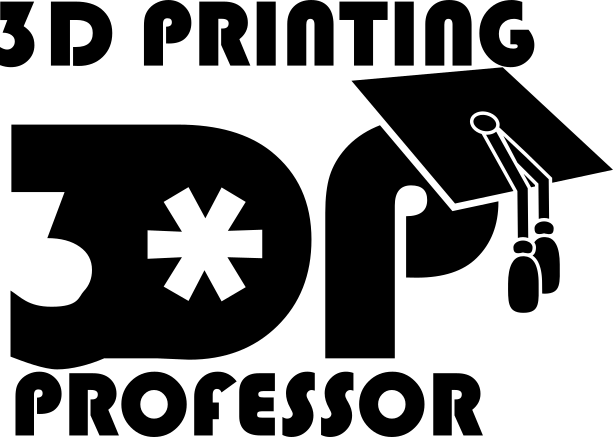Maybe you didn’t notice, while you were overdosing on tryptophan yourself if you’re in the US, that I didn’t manage to get any videos uploaded last week. There are a number of people to blame for this. But I’m not going to dwell on that. I’m past it and back in the groove of recording, editing, and uploading all in (pretty much) the same day. I hope I can finally start getting ahead again.
I hope you’re looking forward to part 3 of the DaVinci Color saga, because I’m looking forward to telling it.
I have to thank Joel for giving me the right excuse for this video. It’s been on my to-do shelf, as well as a bag of test prints, for far too long. My Rep1 has forever had a problem with it’s calibrated steps being too small, so anything I print on it, if it needs to be exactly accurate, needs to be scaled up by a factor of 1.03. That might not seem like much, but believe me, it matters. Unfortunately with these old bots there is just no way to fix it. You just have to scale things up. However, challenges with getting prints to be accurate make you realize just how often you don’t need to worry about that. It’s not just that most 3D prints are worthless, though that’s true enough, but it’s because most of the time close is close enough.
Here’s the notes for this video:
Accurate 3D Prints
-
Filament
-
slightly different diameter = different extrusion widths
-
Even same manufacturer, different color can be just different enough to mess things up
-
Slicer –
-
Old slicers like Pronterface, Cura 1 and Makerbot Desktop slices on the line.
-
Cura 2 and Simplify 3D take into account extrusion width, and even give you the ability to adjust it a little more.
-
The printer. Miscalibrated printer
-
Backlash
-
Z-wobble
-
The model –
-
Designed for old printers? May be off now
-
Curves are approximated
-
Inside of curves get more material due to pull
-
Fix printer
-
Get good material
-
In slicer:
-
Horizontal compensation – Remember difference is doubled
-
Adjust flow rate
-
Fix the model – Last of all
-
Test, test test.


